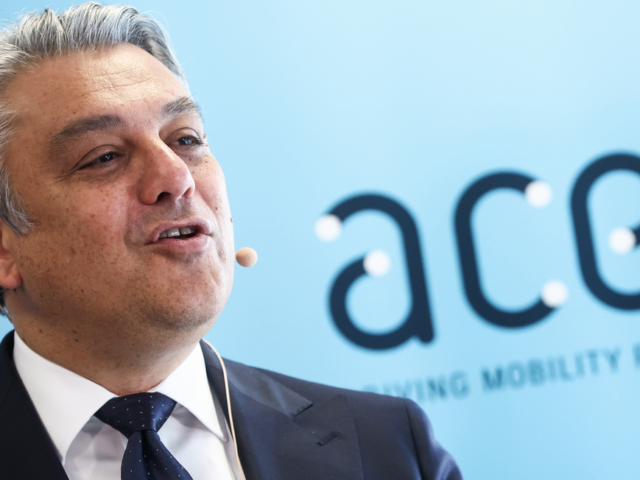
Worst scenario for Van Hool: 1,116 jobs will disappear (update)

Dutchman Mark Zwaaneveld (left) climbed in the co-drivers seat next to CEO Filip Van Hool to get the Belgian bus and coach builder back on track /Van Hool
In stormy weather since the Covid-19 pandemic and the following crisis, Belgian bus and coach builder Van Hool production workers face the u


Comments
Ready to join the conversation?
You must be an active subscriber to leave a comment.
Subscribe Today